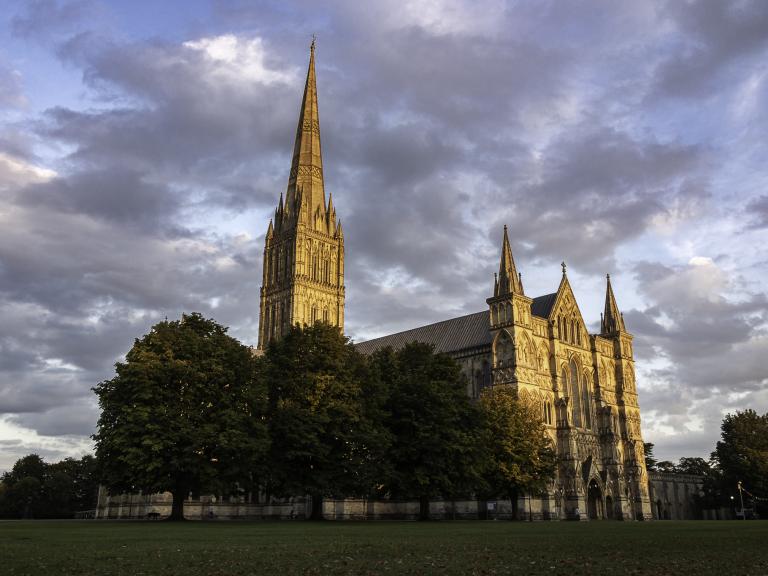Just like London busses, religious sites in Salisbury arrive together. In the past few weeks, we’ve progressed from the cathedral, to St Thomas’ church and now arrive on the west bank of the River Avon, immediately north of Fisherton Bridge, where a friary of the Dominican Order was located.
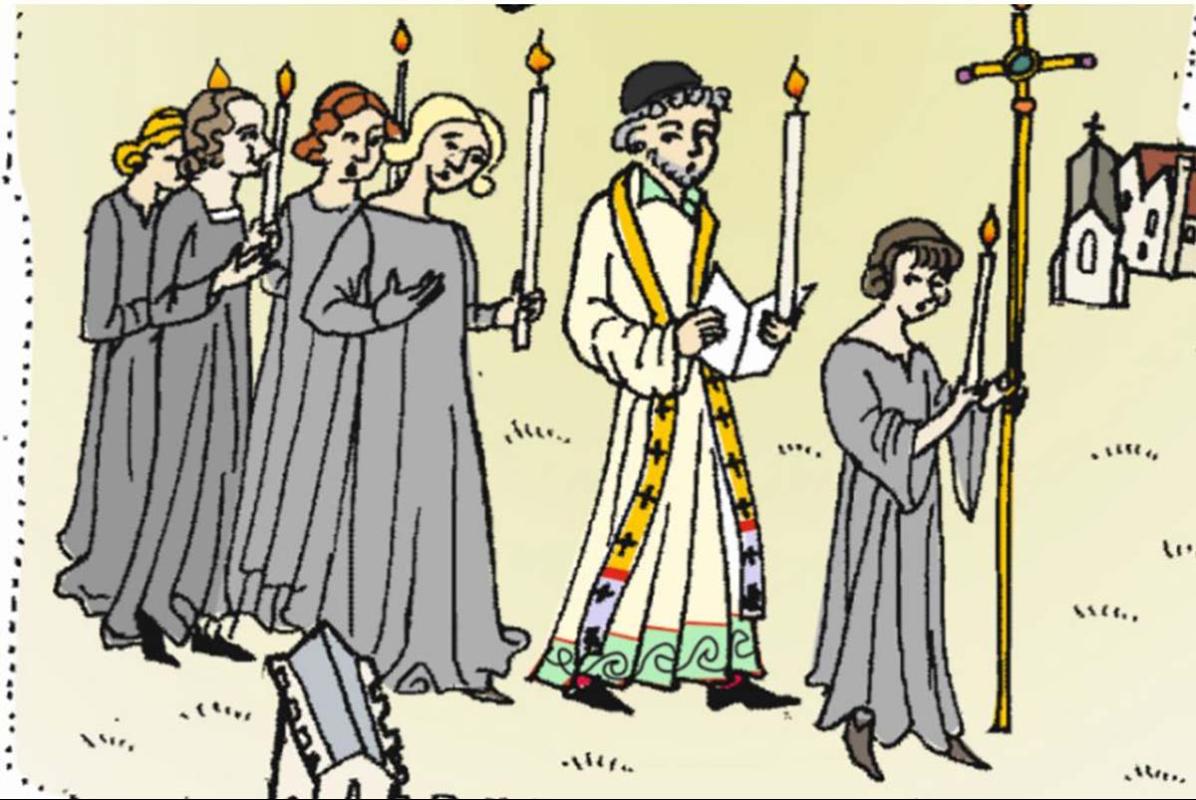
This friary formed one of two religious houses on the outskirts of the city; a Franciscan friary was situated near the river, on the approach from Harnham. The Dominicans, known as the Blackfriars by their black cloaks, arrived in the city in 1280, soon after Salisbury was founded. They practiced a life of poverty and settled in towns and cities to preach and administer to the community, especially the poor, while relying on the charitable nature of local residents for their survival. However, despite the emphasis on poverty, the order enjoyed considerable support from various affluent members of the community, including some who elected to be buried in friary churches rather than the local parish church. The friary also enjoyed considerable royal patronage throughout the 13th century, receiving building materials from Clarendon Park as well as personal visits from the monarch. The friary was dissolved in 1538 by Henry VIII and the site became largely dormant until the construction of the Maltings, from which the area derives its name, in the 19th century. No trace of the friary survives.
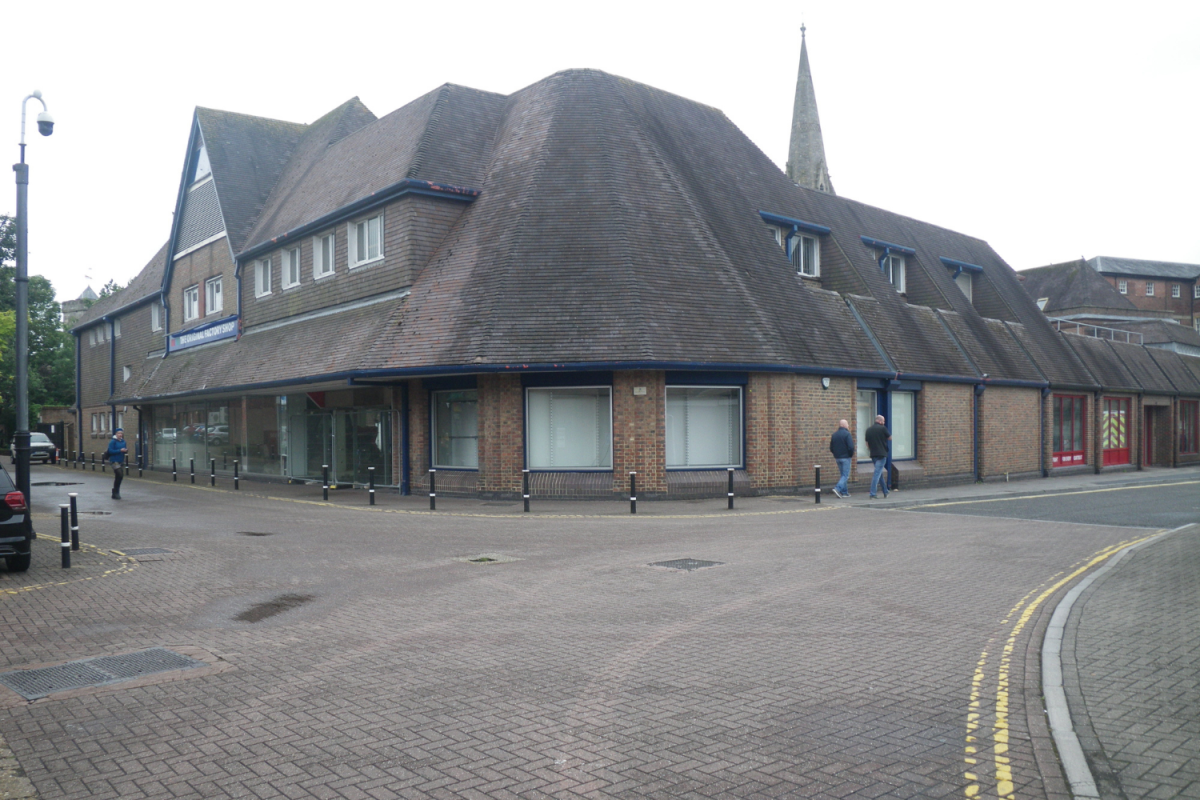

The Maltings site building from 1978 seen in 2019 (left), and the site in 2020 (right)
Limited rescue excavations were first launched in 1978 when parts of the Maltings, fronting onto Fisherton Street, were redeveloped. The archaeologists were probably alerted when human remains were uncovered; four burials were eventually excavated along with organic remains, which were well preserved in the waterlogged conditions. Some 13th-14th century pottery was found with wall foundations, although these were not sufficient to reconstruct the friary layout.
The northern part of the Maltings was developed in 1984-5 when the Trust for Wessex Archaeology responded by conducting an archaeological watching brief. This project showed that large parts of the area were covered by ballast for railway sidings which had been constructed on the flood plain. Some of the deeper excavations revealed a post medieval timber revetment which formed part of a former river management system. Traces of a mortar floor, which apparently overlay a layer of bricks, were found at the south end of the development, approximately 15 m from the speculated location of the 1978 excavations. The floor was not examined in detail but was thought to be part of the malthouses. No evidence of the friary was found.
Renewed interest in the site came in 2019 when the building, erected in 1978, was listed for redevelopment. Preliminary investigations were undertaken by the developers to establish the depth of the former foundations. A series of test pits, excavated within the standing building, and in very confined spaces, revealed that concrete had been used extensively in the deep foundations and had undoubtedly also disturbed additional burials.
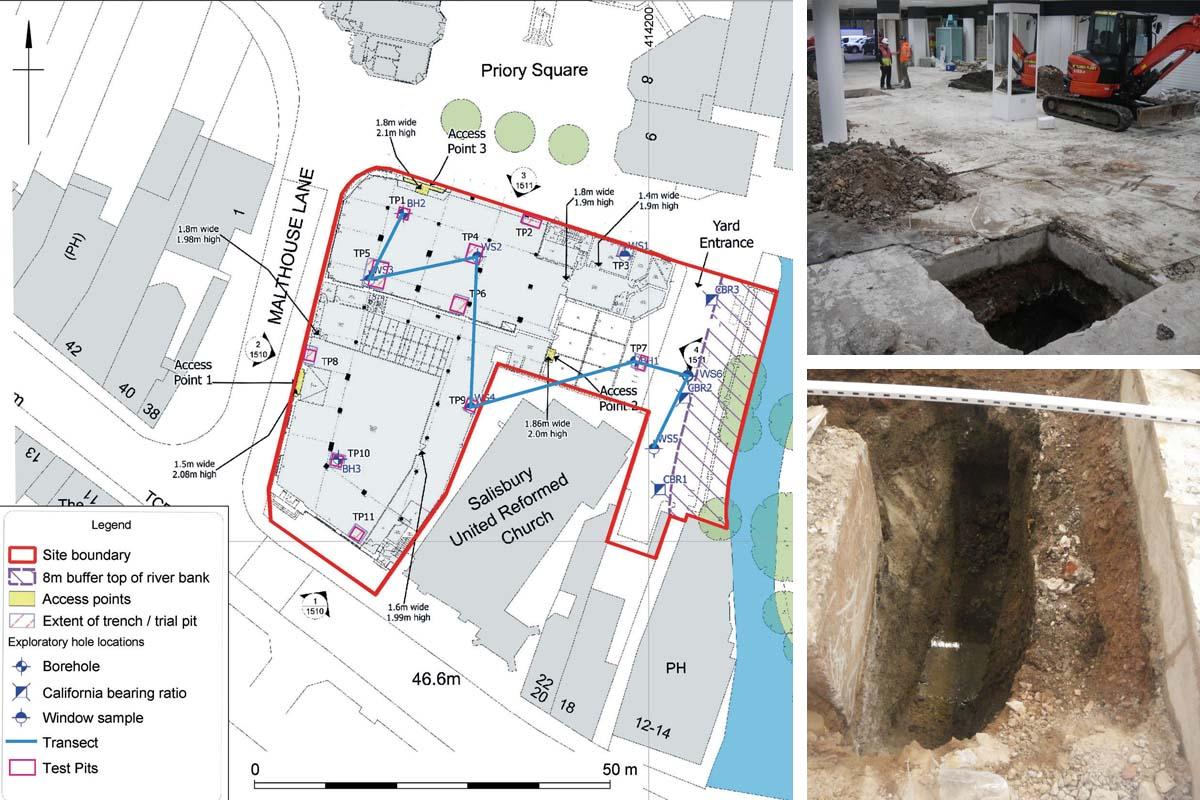
Left: the site plan, including the location of test pits.
Top right: inside the excavation site.
Bottom right: a view of Test Pit 5 showing a square plinth sitting on a concrete pad which occupies the left side of the test pit.
Nevertheless, four additional graves, containing parts of at least six individuals, were found by the machine in three separate test pits, 1,3 and 6, approximately 2.5 m below the present ground surface. The burials, which were aligned west-east, were all found at the north end of the development site. Additional organic remains were preserved in the water-logged conditions. These burials were undoubtedly part of the same cemetery found in 1978 and helped to establish more precisely the location, but not full extent, of the friary graveyard.
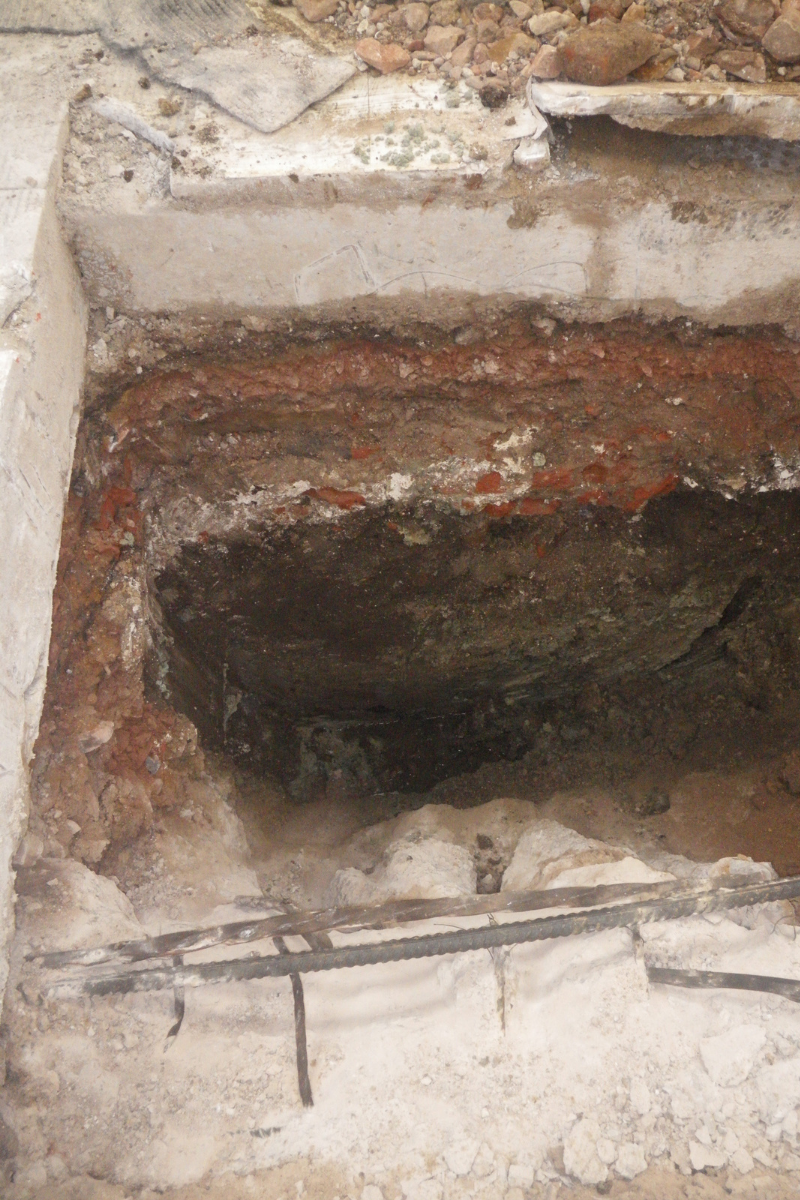

Test Pit 1 (above) and Test Pit 3 (below), which both contained human remains and show the restricted conditions of excavation
The human remains provided a small sample of, what appear to be, less affluent residents of medieval Salisbury. These people lived physically demanding lifestyles, with typical age-related wear and tear of the joints and spine. Two skulls also showed traces of surface damage resulting from localised scalp irritation and infection, possibly caused by lice infestation and showing that many people were living in insanitary conditions.
No traces of the friary buildings were discovered from which we can conclude that the church and residential complex was located further to the north.
A test pit on the Fisherton Street frontage showed that the first buildings on that part of the street were built in the 18th century. These collective, limited results support the idea that the friary was established within an open precinct on previously unused flood plain. The progress of development slowed following the Dissolution in 1538 before the construction of the Maltings.
These results showed how a relatively small-scale project can demonstrate that archaeological remains, which might otherwise be destroyed by building work, can survive from previous redevelopment and make recommendations for further work. The results can also be used to guide further investigations across other parts of the site to locate traces of the long-lost priory buildings.
